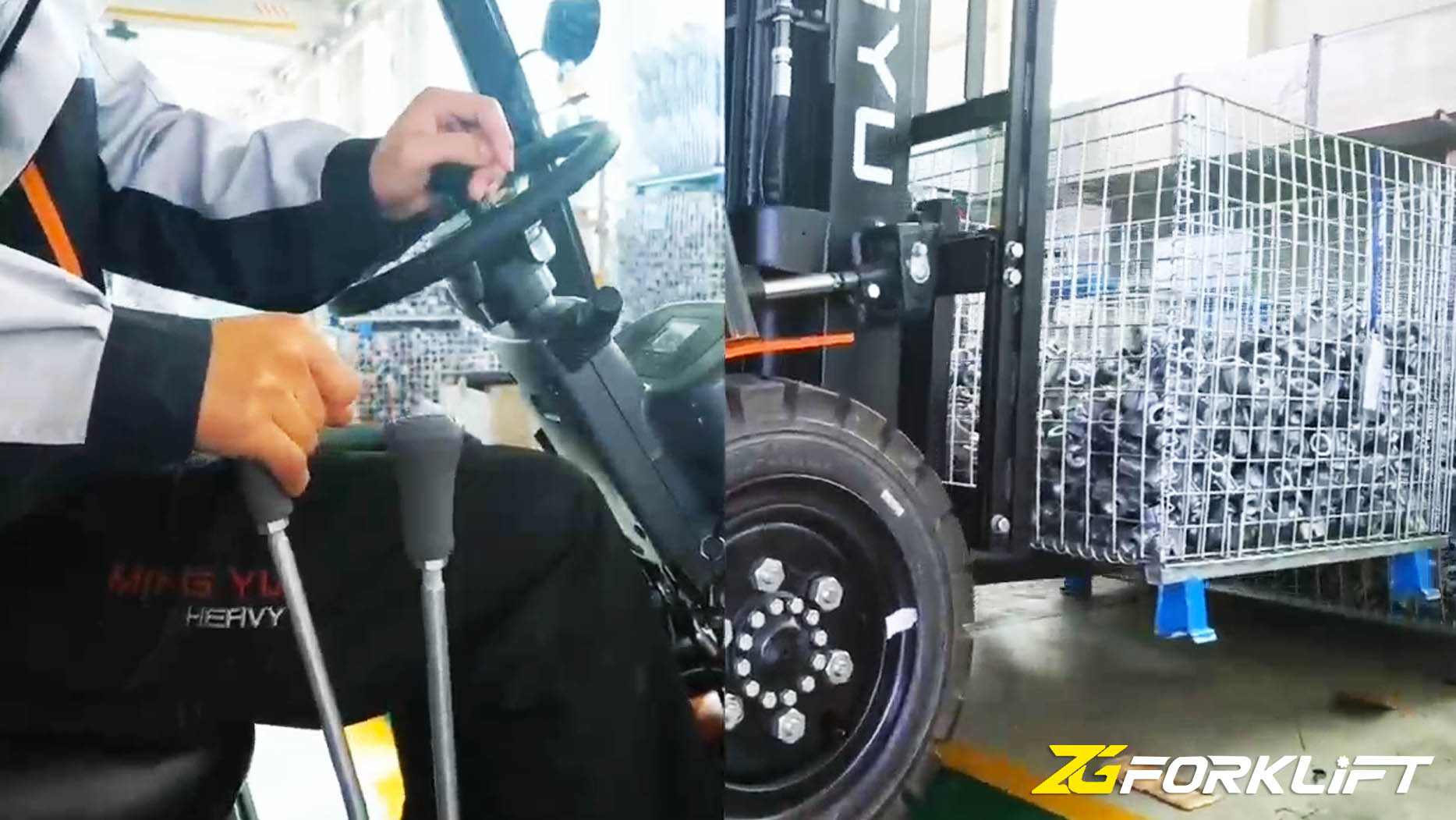I. Introduction
Electric forklifts rely on lead-acid batteries for power. These batteries require regular maintenance, including periodic watering to maintain optimal performance and extend their lifespan. Improper watering can lead to reduced battery capacity, premature battery failure, and even safety hazards. This article will guide you through the proper procedures for adding water to an electric forklift battery, emphasizing safety precautions and best practices.
II. Understanding the Need for Watering
Electrolyte Solution: Lead-acid batteries utilize an electrolyte solution composed of sulfuric acid and water. This solution facilitates the chemical reactions within the battery that produce electricity.
Electrolyte Evaporation: During the charging and discharging cycles, the electrolyte solution undergoes chemical reactions that generate heat and cause water to evaporate.
Maintaining Proper Electrolyte Levels: Maintaining the correct electrolyte level is crucial for optimal battery performance. Insufficient electrolyte can lead to reduced battery capacity, damage to the battery plates, and premature battery failure.
III. Safety Precautions
Personal Protective Equipment (PPE): Always wear appropriate PPE when working with batteries to protect yourself from potential hazards: * Safety goggles or a face shield to protect your eyes from acid splashes. * Rubber gloves to protect your hands from contact with the electrolyte. * Long sleeves and long pants to cover your skin. * Closed-toe shoes to protect your feet.
Ventilation: Ensure adequate ventilation to prevent the buildup of hydrogen gas, which is a flammable gas produced during the charging process.
Never Smoke or Use Open Flames: Avoid smoking or using any open flames near the battery, as hydrogen gas is highly flammable.
Disconnect the Charger: Always disconnect the charger from the battery before adding water to prevent the risk of electrical shock.
IV. Determining When to Water
Visual Inspection: Regularly inspect the electrolyte level in each cell of the battery. * The electrolyte level should be visible above the battery plates. * If the electrolyte level is below the top of the plates, it's time to add water.
Float or Eye Indicators: Some batteries are equipped with float or eye indicators that change color or position to indicate the need for watering.
V. Preparing for Watering
Gather Necessary Materials: * Distilled or deionized water: Tap water contains impurities that can damage the battery. * Watering jug or gun: Specialized tools designed for controlled and accurate filling of battery cells. * Clean rags or absorbent material to clean up any spills.
VI. The Watering Process
Turn Off the Charger: Disconnect the charger from the battery and ensure the forklift is turned off.
Locate the Fill Holes: Locate the fill holes or vent caps on the top of each battery cell.
Remove the Vent Caps: Carefully remove the vent caps using the appropriate tool.
Add Distilled Water: Slowly and carefully add distilled or deionized water to each cell using the watering jug or gun. * Fill each cell to the recommended level, typically indicated on the battery or in the manufacturer's instructions. * Avoid overfilling, as excess water can spill during charging and damage the battery.
Replace Vent Caps: Securely replace the vent caps on each cell to prevent contamination and electrolyte loss.
VII. Post-Watering Procedures
Clean Up Any Spills: Clean up any spilled electrolyte immediately with a neutralizing solution (such as baking soda and water) to prevent damage to equipment and the surrounding area.
Wash Hands Thoroughly: Wash your hands thoroughly with soap and water after handling the battery.
VIII. Automated Watering Systems
Automated Watering Systems: For large fleets or operations with frequent watering needs, automated watering systems can simplify the process and improve efficiency. * These systems connect to the battery's vent caps and automatically fill each cell to the appropriate level, reducing the need for manual intervention.
IX. Importance of Proper Watering
Proper watering is crucial for maintaining optimal battery performance and extending battery life.
Under-watering can lead to reduced battery capacity, premature battery failure, and increased maintenance costs.
Over-watering can cause acid spillage, damage to the battery, and create safety hazards.
X. Conclusion
Properly watering electric forklift batteries is an essential part of battery maintenance. By following the recommended procedures and using appropriate safety precautions, you can ensure optimal battery performance, extend battery life, and minimize the risk of accidents.
Post time:Feb.18.2025



